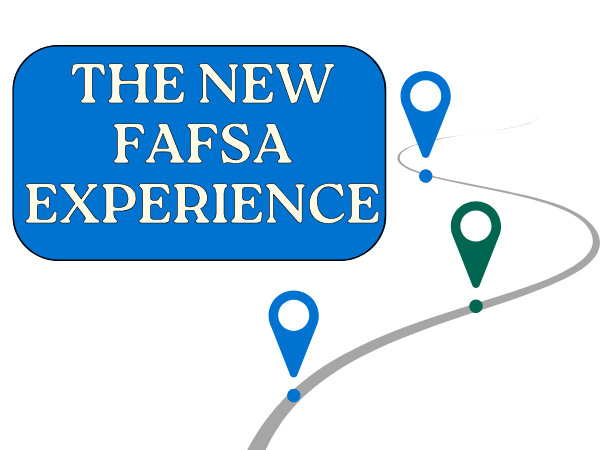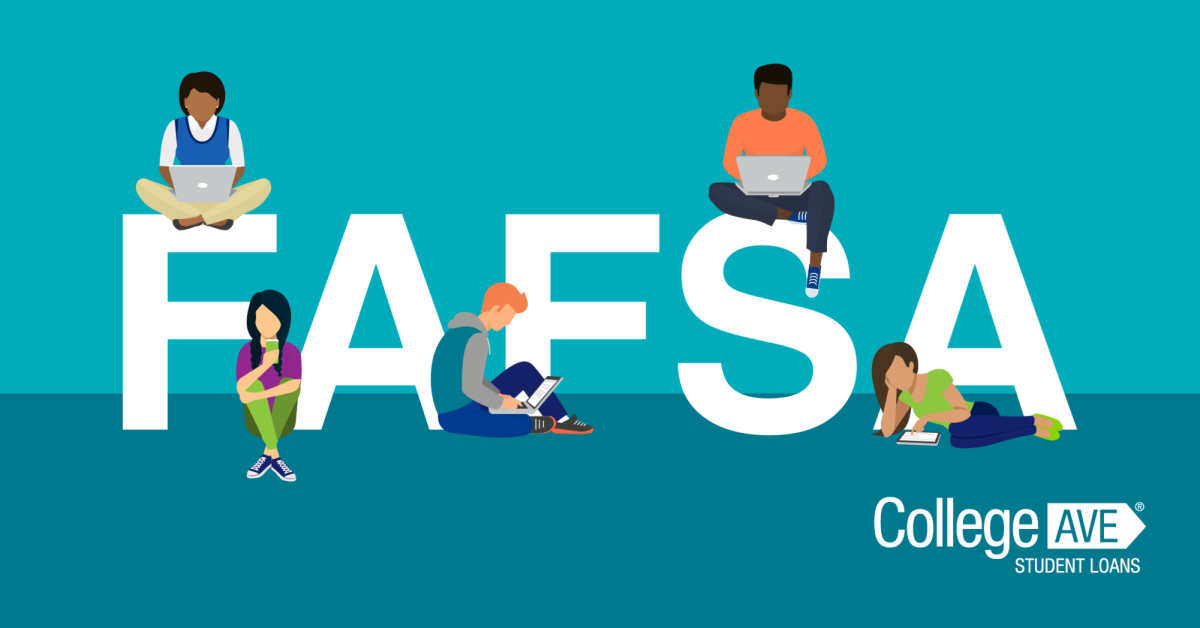Starting off the New Year, the 2024-2025 FAFSA soft launched on December 31st and opened sporadically the past month. The Free Application for Federal Student Aid (FAFSA) is a federal form that helps millions of students and families receive federal or state financial aid to pay for college and trade school. The form completely reconstructed its format as well as shortened its questions. Now, it accounts for different aspects of aid eligibility in a means to provide more financial assistance for families of various economic backgrounds.
However, usually the form releases early October, due to these new changes it was pushed back two times from December 1st to December 31st. This delay resulted in mixed student feedback and opinion, especially in the Spring Valley high school community.
“I was initially worried when they pushed back the form,” said an anonymous Spring Valley Senior. “I just don’t want any problems to arise since the amount of aid I receive is my biggest factor in deciding where I’m going for college.”
Students are most opinionated concerning the late release date because many college priority deadlines are as early as January to February. The matter of releasing the form to prevent site crashes and test out the new system has put many students in distress and eager to fill out the form.
“Pushing the release to January was not only stressful, but really misleading,” said anonymous. “I also felt more pressure to fill out the form early because many people were making a big deal about completing the form fast like my sister, counselor, social media, etc.”
For the first two weeks of January, the soft launch caused the form to open for a couple hours at random times during the day. These unscheduled times have caused many students to race to the form, but met with their saved applications closing on them. This has caused mass confusion and frustration from students.
“My family and I didn’t really like the maintenance breaks,” said Spring Valley Senior Brianna Torrez. “I feel like if it wasn’t ready, then it shouldn’t have been opened at all. This would have saved not only me and my family’s time, but other people too.”
“My mom didn’t have a problem setting up her account, but when my dad tried to make his, it wouldn’t let him go past the Contact Information portion,” said Spring Valley Senior Jenna Acklin. “It [FAFSA] would freeze up and it just really shows that the form wasn’t ready.”
Additionally, major changes to the FAFSA consist of shifting from 100 or more questions to less than 50. All guardians of a student no longer have to provide information, but rather only the highest contributing guardian to fill out the form. Also, the form utilizes student aid index (SAI) instead of expected family contribution (EFC)to calculate aid eligibility now. This means for students that their income and assets are considered and contributions to their household.
“We [counselors] were told about the changes in the Spring of last year about the modifications,” said Spring Valley IB and upperclassmen counselor Samantha Gebbia. “…We were happy because before it [the questions] were so long and so much information had to be put in order to file for financial aid. So, this made it easier for parents and students to file the information in a short amount of time.
Nevertheless, the new way to calculate eligibility produces difficult changes for students and families to adjust to as well. The form does not account for families that have multiple students attending college at the same time, which means these families will possibly receive less aid for the upcoming school year.
“I don’t think students and families are receiving equal opportunity for aid because the questions are missing out on important information like family size and students attending college at the same time,” said Acklin. “Personally, I feel like these are important to consider and also not all parents will or have the opportunity to give their children as much support as FAFSA believes they will.”
As of the second week of January, the form is now available for students to fill it out uninterrupted. Students have a year-long period to complete the form. However, the longer students wait, the higher the possibility of them receiving less aid. This is heavy for not only students, but school counselors too.
“I understand many families are adjusting to the new application, but it’s better for people to fill out the form as soon as they can,” said Gebbia. “The longer they wait until a time like March, then the less aid they may receive and I want my students to take the opportunity to receive as much help as they can.”





